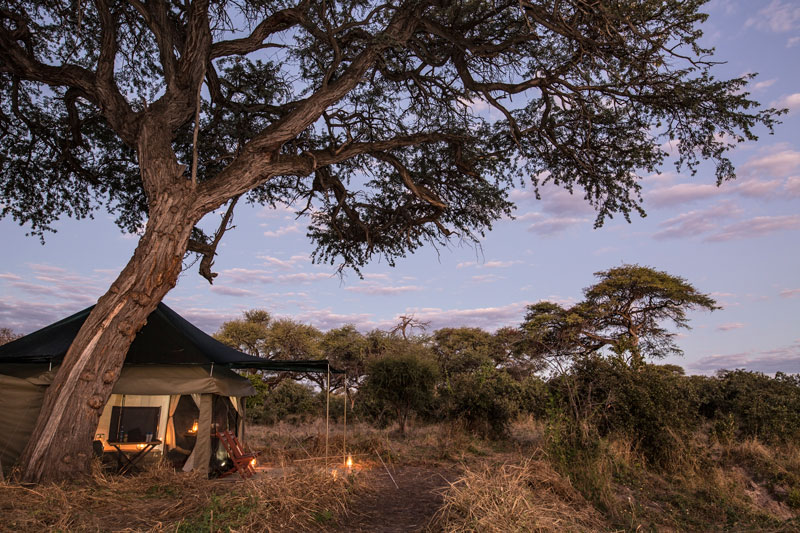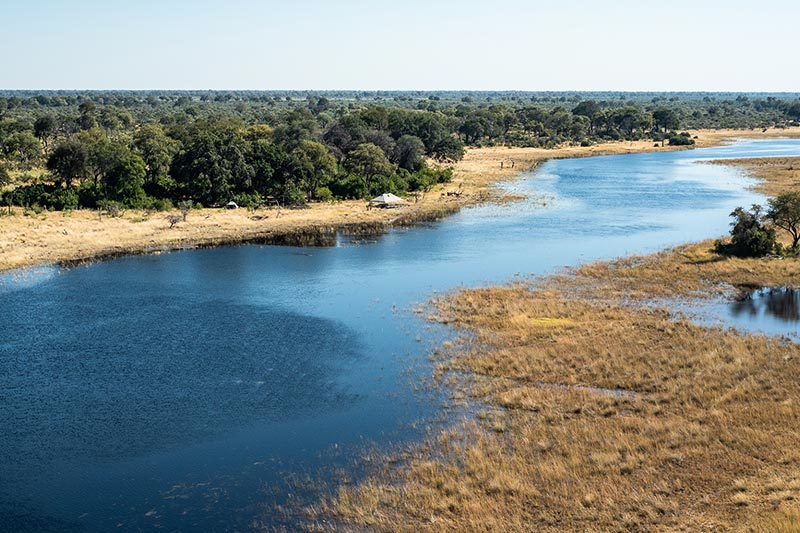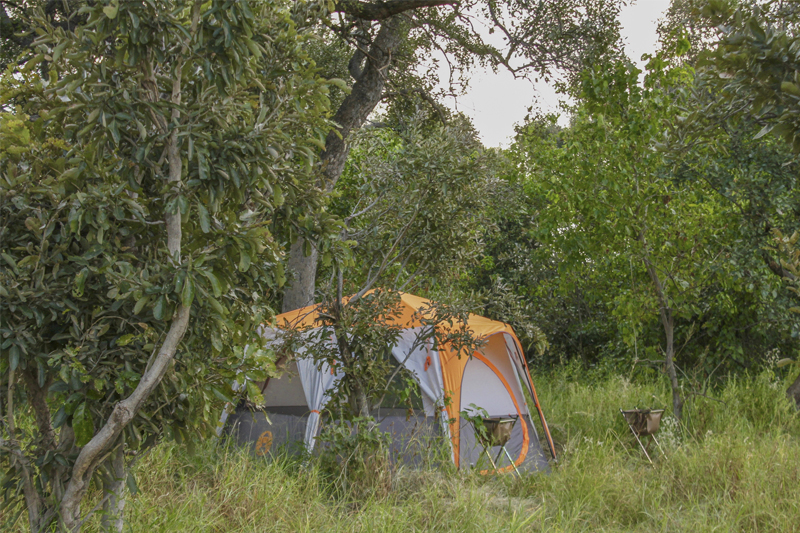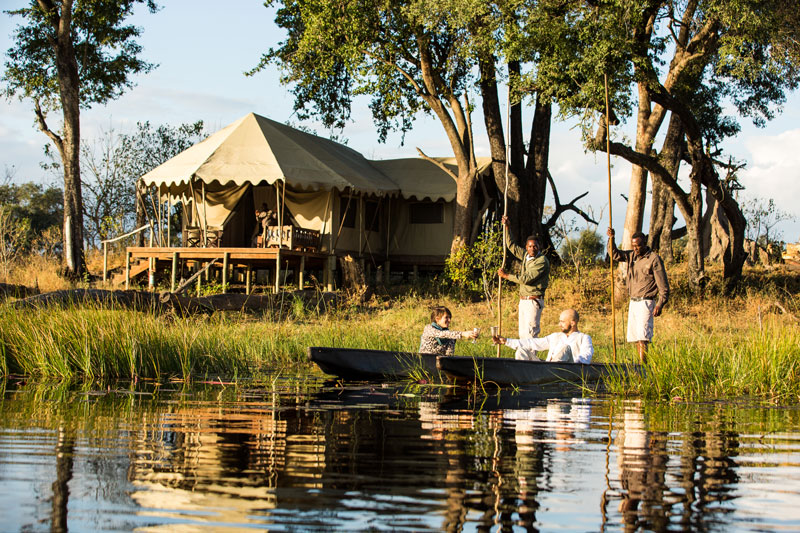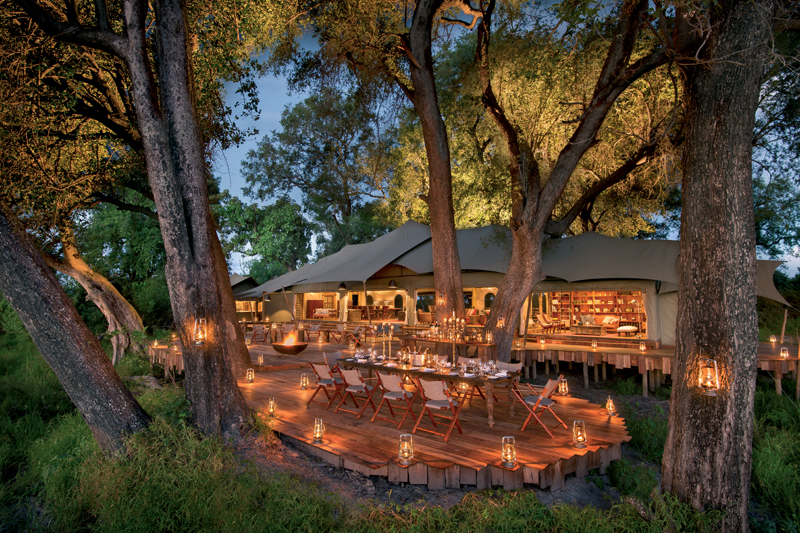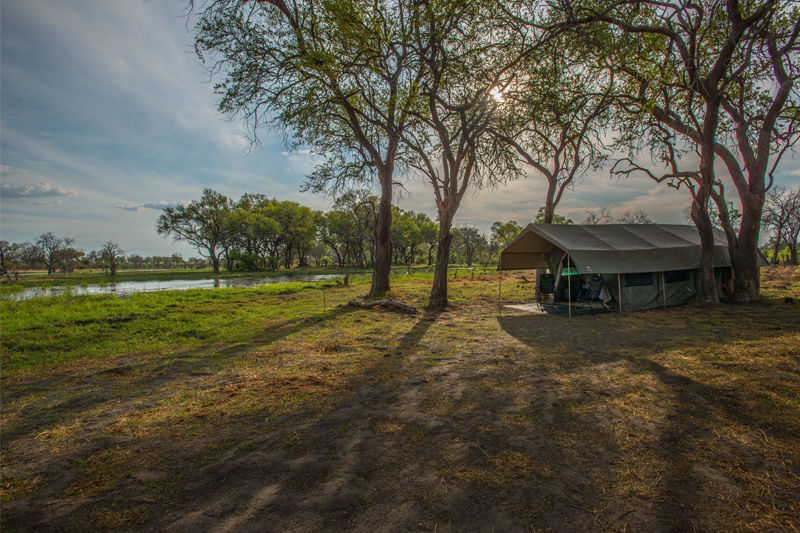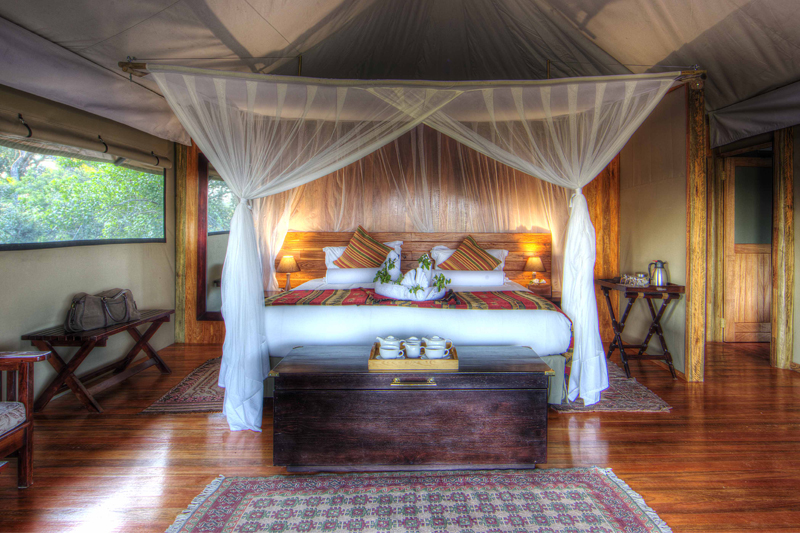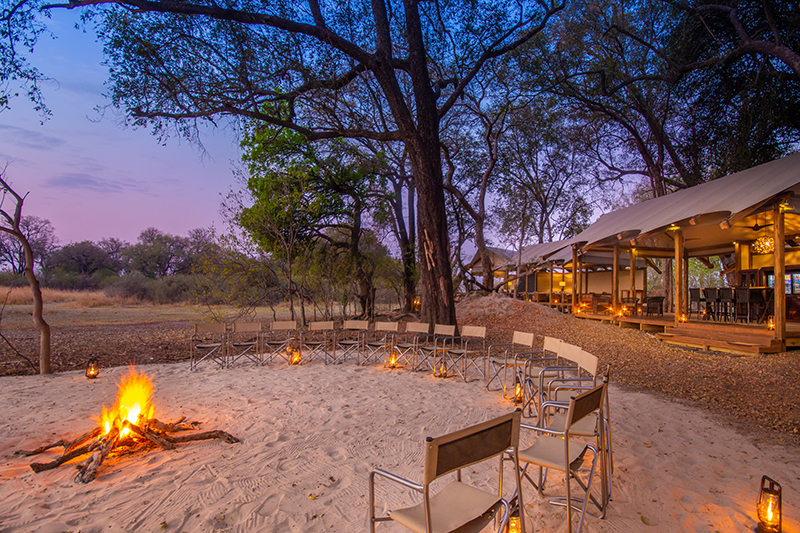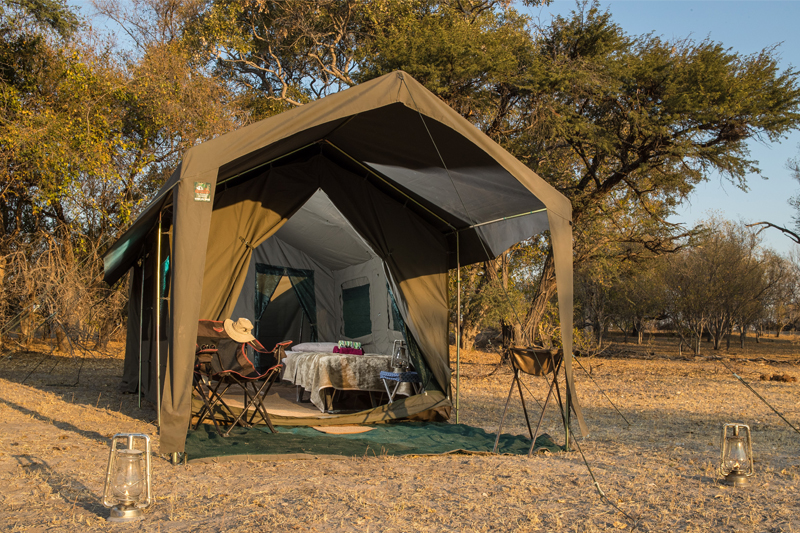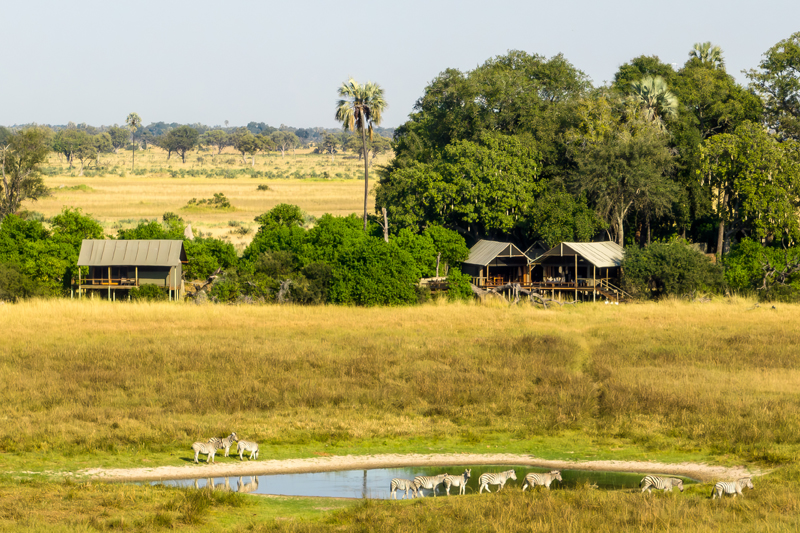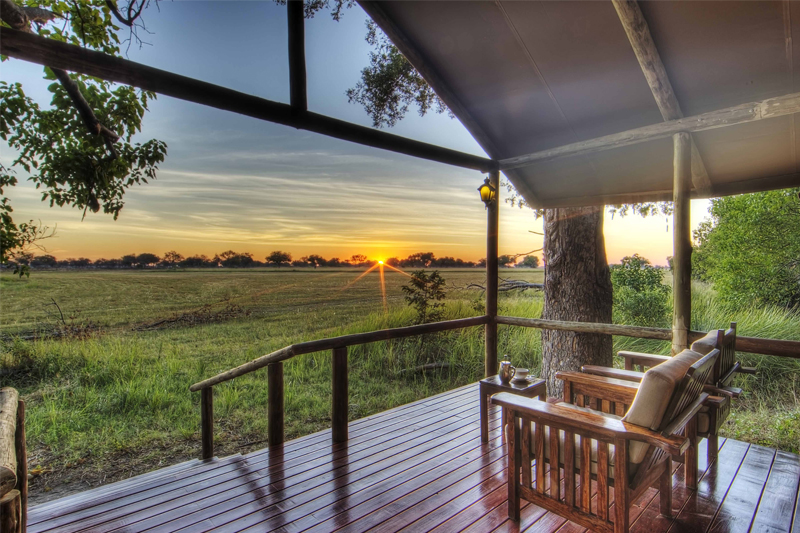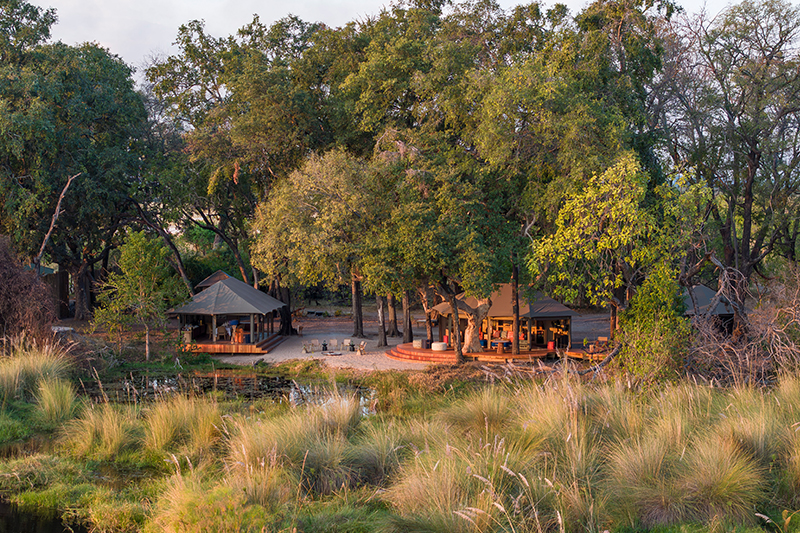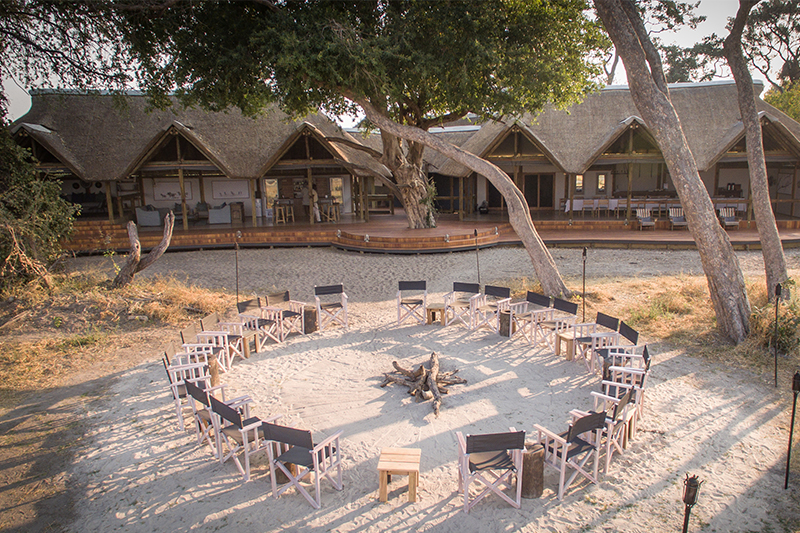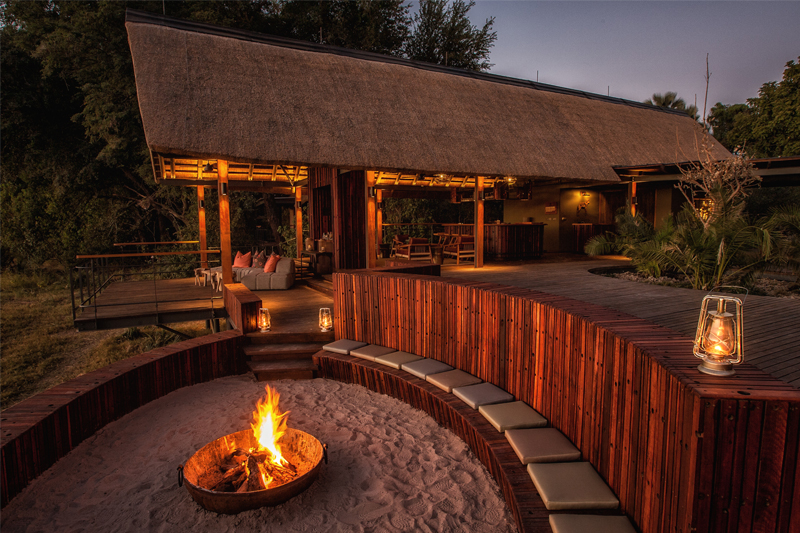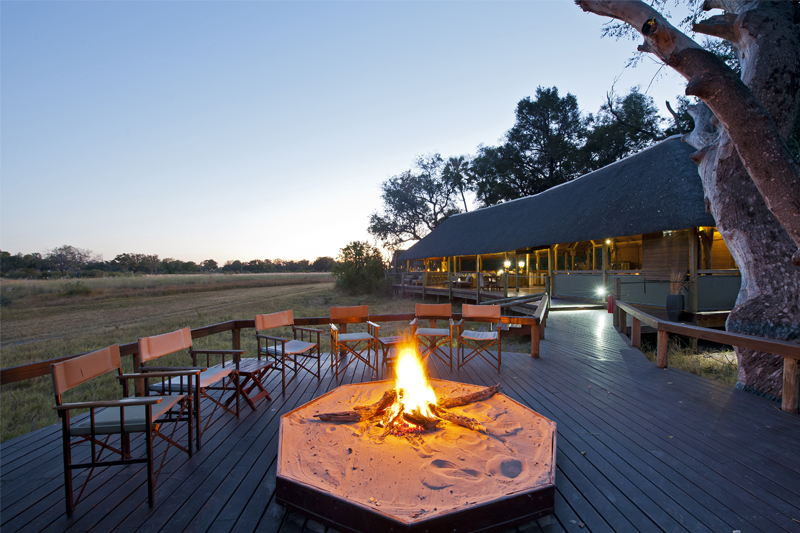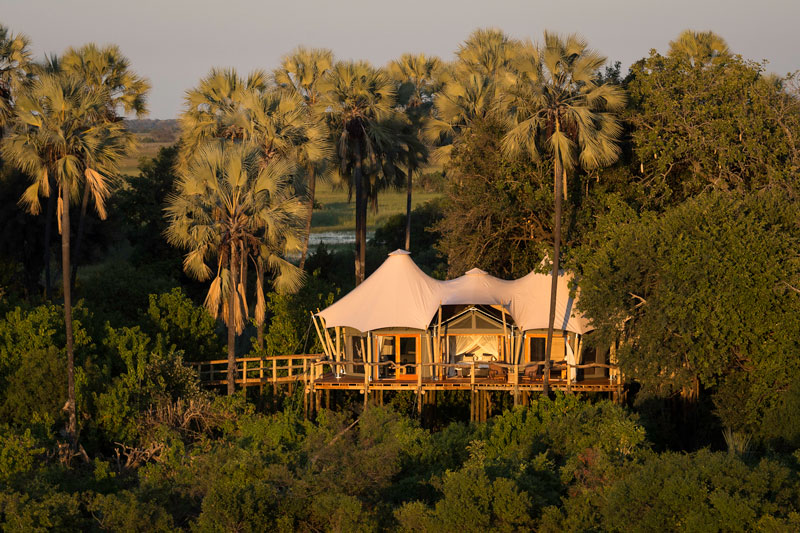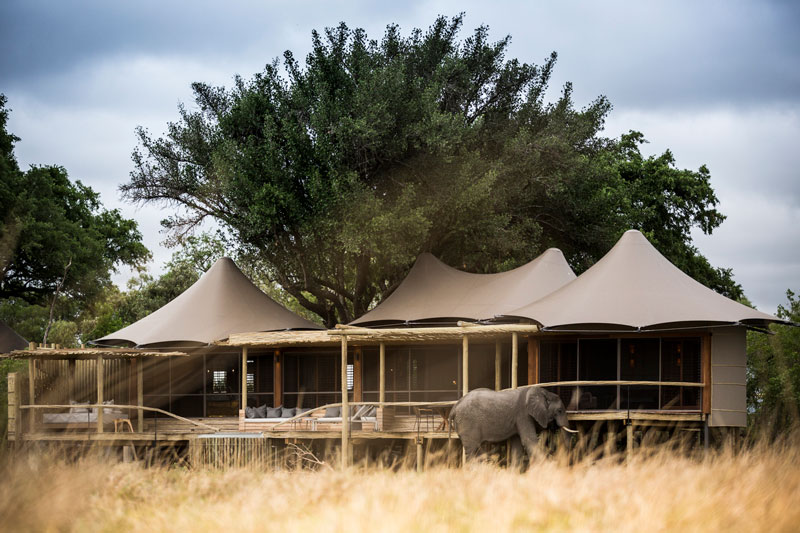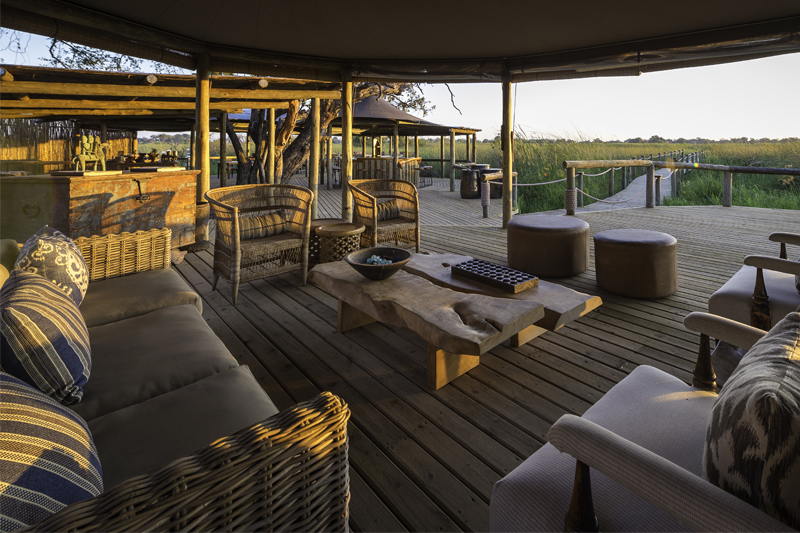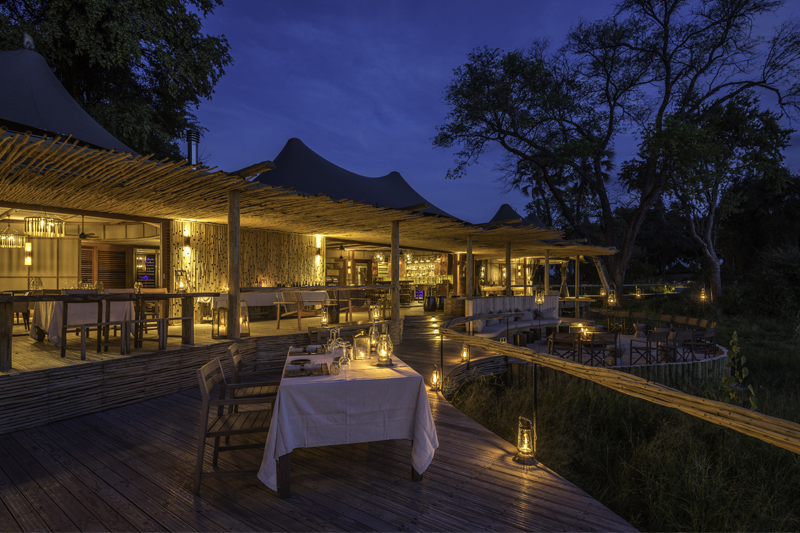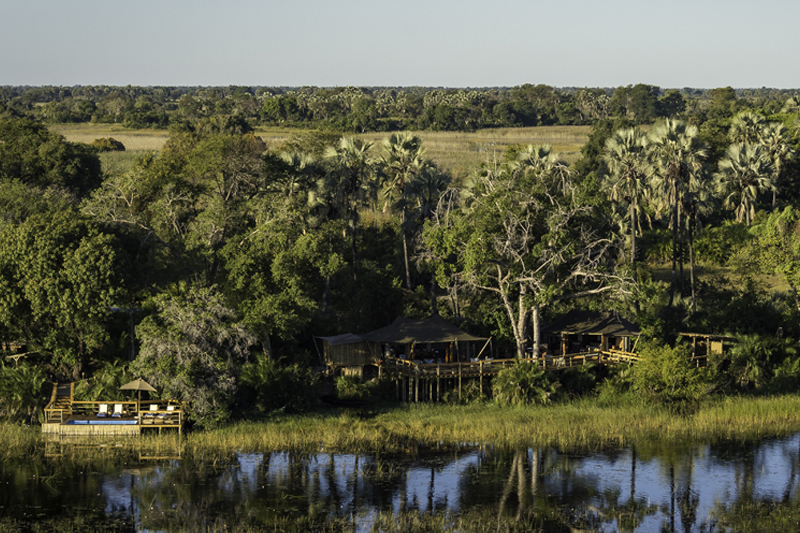Okavango Delta (including Moremi Game Reserve)
The Okavango Delta is the largest inland delta in the world, covering an area of some 15,000 sq. kms.
The delta is formed by the flood waters of the Okavango River which rises in the Angolan highlands over 1000 miles away. The river enters Botswana in the north-western corner of the country, continuing for some distance (through the section known as the ‘pan-handle’) before spreading out across the Kalahari sands to create the famous delta.
About one third of the Okavango Delta safari region is made up of the gazetted Moremi Game Reserve which includes Chiefs Island. The Moremi is one of the most beautiful game reserves in southern Africa – an area of mopane woodland interlaced with giant fig and knobthorn trees, open vleis and river courses. Although wildlife numbers are exceptional, as a gazetted reserve certain activities such as walking, night drives, off-road driving and mokoro (local dugout) excursions, are not allowed. Chiefs Island offers the only really exclusive experience of the Moremi, as the eastern section is open to the public.
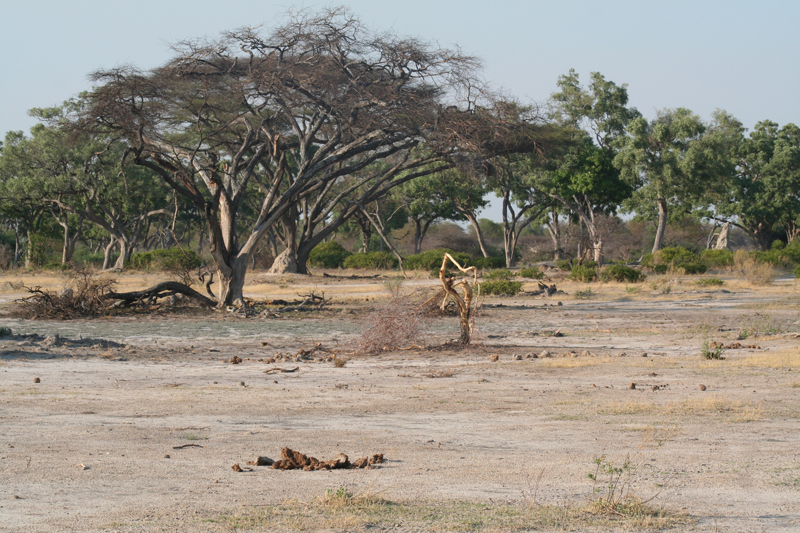
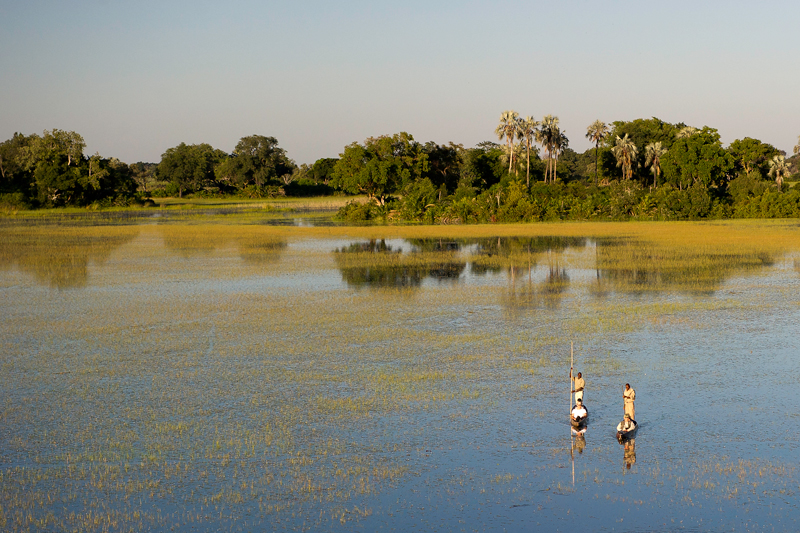
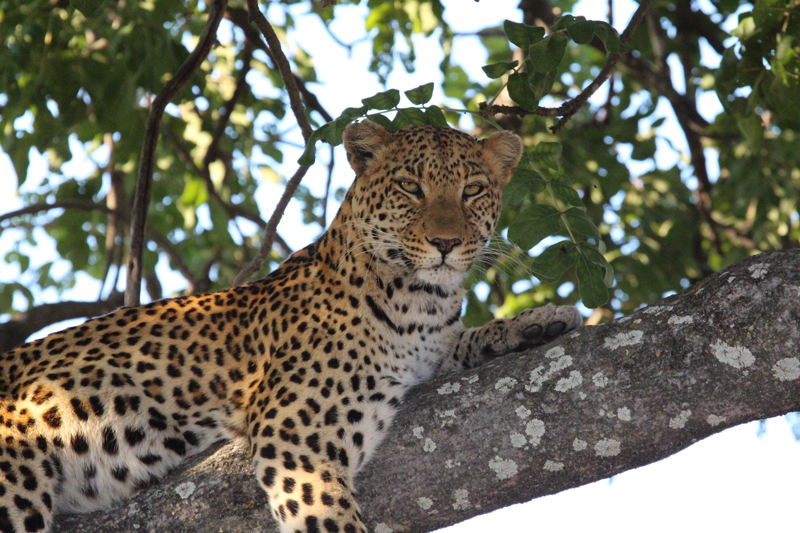
Surrounding the Moremi Game Reserve, the rest of the Okavango Delta is divided up into private concessions, interspersed with the odd patch of community land. The private concessions offer a very exclusive wildlife experience and cater for relatively small numbers of tourists whilst offering a wide range of activities. Most concessions are only accessible by air, and they vary in the experience they offer as some are more suited to big game viewing, whilst others concentrate on water-based activities or in a few cases, walking or horse riding. Many can however offer both wet and dry Okavango experiences.
The limited community lands offer the greatest flexibility, being open to the public yet not having restrictions on activities. The Khwai Community is the best known and most used, bordering the north-east Moremi, and consequently can get busy at certain times.
The Okavango is a haven for birdlife. There are numerous heronries where large concentrations of stork, egret and ibis breed, and the area is also home to so-called ‘specials’ including the Pel’s fishing owl, African skimmer, African finfoot, purple gallinule, black coucal and black egret.
The ecosystem is also home of many species of wildlife, including sitatunga, the shy swamp-dwelling antelope with adapted ‘splayed hooves’ for easy movement on the reedbeds. Hippo, crocodiles, elephants, buffalo, giraffe, tsessebe, impala, red lechwe and zebra exist in abundance, whilst greater kudu, sable and roan antelope, bushbuck and white rhino, which were re-introduced to Chiefs Island a few years ago, can all be seen too. Predators include lion, leopard, cheetah, spotted hyaena and wild dogs, the latter thriving in dry regions of the delta. Night drives are also productive for smaller, nocturnal animals such as civet, genet, serval, African wild cat, porcupine, honey badger, white-tailed mongoose and bush baby.
The best time to visit the Delta is after the flood waters have started to settle. Although difficult to predict as it is dependant on rainfall in the Angolan highlands, this usually occurs from late May through to July. From October onwards, water levels recede and this can affect boating and mokoro activities.
For further information for how best to include the Okavango Delta in a Botswana safari itinerary please call us on +44 (0) 1787 888590 to discuss your requirements, or email us via our Contact Us page.



